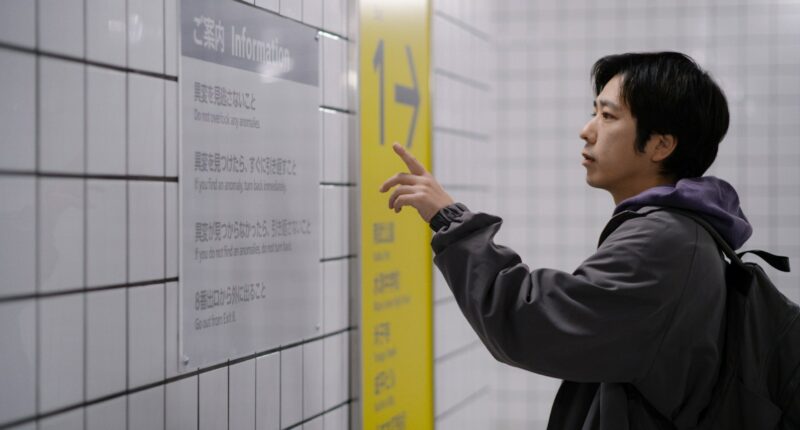Share this @internewscast.com
Few video game adaptations grasp their source material as effectively as the Exit 8 film. It utilizes the game’s framework — which entraps players in an endlessly looping corridor within a Tokyo subway station — and expands on it with real characters and a narrative. Director Genki Kawamura credits his unique approach for the film’s fresh feel. “I wasn’t necessarily envisioning a cinematic version of a video game,” he shares with The Verge. “I aimed to craft a novel cinematic experience that blurs the lines between video games and cinema.”
The film mirrors the game closely, even starting with a first-person perspective. Much like the game, the movie depicts a person trapped in a repetitious hallway, needing to spot “anomalies” — essentially, subtle changes in each loop — to escape. Kawamura discovered the game due to his penchant for indie titles and was struck by its authentic Tokyo vibe. However, he soon realized that its concept had universal appeal. “I felt a lot of city dwellers have experienced disorientation in such passageways,” he notes. “Merging Tokyo’s design with this universal experience seemed ideal for cinematic storytelling.”
Adapting a game devoid of characters or plot and under an hour in gameplay into a movie meant incorporating numerous elements. The main protagonist, referred to as the Lost Man (Kazunari Ninomiya), is grappling with job security and impending fatherhood when he encounters the endless hallway. Other characters emerge, like the initially intimidating Walking Man (Yamato Kochi), alongside a young woman (Nana Komatsu) and boy (Naru Asanuma) who are also trapped. There are fresh anomalies unfeatured in the game, intended to forge unsettling parallels to the real world. For Ninomiya’s character, this involves eerie baby-related soundscapes.
A compelling aspect of the film is the varied way characters navigate the hallway’s rules, requiring a keen examination of surroundings before choosing a direction. Some analyze meticulously, others rush, each observing in unique sequences. This replicates watching different people play the game — a deliberate choice.
Kawamura recounts a conversation with Shigeru Miyamoto, where the iconic Super Mario and Legend of Zelda creator remarked, “A good video game is enjoyable to play and to watch others play.” Drawing inspiration from YouTube playthroughs, the team observed how players tackle and respond to the game. “While all adhere to the same rules in the same environment, players make distinct errors and react differently to failures,” says Kawamura. “This diversity in approach reveals the individual player’s personality.”
For those familiar with the game, viewing Exit 8 feels surreal, unfolding in a familiar yet disorientingly twisted space. Kawamura experienced similar feelings on the film’s set. Constructed on a sound stage, the hallway consisted of two corridors — dubbed Hitchcock and Kubrick — linked by a small passage called Mizoguchi. This setup enabled the creation of extended, continuous shots that gave the illusion of an infinite loop, aiming to perplex viewers — though even the filmmakers weren’t immune to confusion.
“It was a good tool to disorient the audience,” he explains. “Even we got confused about where we were on set during the shoot.”







